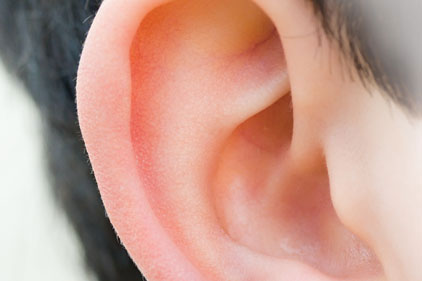More recently, governmental organizations such as OSHA, MSHA and the Department of Defense have helped create regulations focused on the following areas:
Exposure determination
Protection against the exposure
Assessment of workers’ hearing
Training in the effects of noise and preventive actions
Recordkeeping/documentation
Engineered noise control (MSHA)
In addition to regulation, a wide variety of tools have been commercially developed for use in “hearing conservation” programs. Applied innovation has brought us instrumentation for exposure assessment, hearing protection, audiometers and software for maintaining audiometric test results.
Unfortunately, despite the regulation and tools available, noise-induced hearing loss continues to occur and is becoming more visible as other injuries/health issues become effectively managed in the workplace.
For example, a recent series of interviews (conducted by the author) of 20 companies with “significant” hearing conservation programs were conducted to identify gaps that might exist and breakthroughs that have been achieved in their respective hearing conservation programs. For the purpose of these interviews, a “significant” hearing conservation program was defined as a company that had experienced some success in addressing noise-induced hearing loss for a sizeable employee group. Three areas of interest frequently arose out of this review:
1. Creative Delivery: Finding creative ways to deliver and achieve hearing conservation
2. Employee Engagement: Ways to engage/involve workers in preventing their own hearing loss
3. Problem-Solving: Other approaches to eliminating or minimizing risk of hearing loss
Creative delivery
One concern commonly expressed by program leaders in the above referenced review was a lack of time, talent and resources to attack what they consider to be a “very pervasive problem” (noise-induced hearing loss). Minutes matter as health and safety staffs are stretched to the limit, while production requirements demand the worker be away from their tasks as little as possible. This failure to adequately staff and fund the hearing conservation programs may be misinterpreted as a “lack of commitment” by the company; however, it is typically due to a lack of information.
Less than 20 percent of those interviewed had a sense of true annual cost per employee for the hearing conservation program (i.e. going beyond dosimetry studies, protection and annual audiograms to include more significant losses such as “total opportunity lost”). Total opportunity lost may include lost worker productivity and lost profits not realized.
Without cost and data validating a hearing conservation program’s current and future trending effectiveness, it is easy to understand why resources beyond those needed to simply comply with regulation are often not supported as a good investment. Without defendable and factual information, it is hard to determine how far program investment should go.
Out of necessity, innovation is born. In order to overcome these resource shortages, companies are beginning to move activities out of the traditional “safety and health” professional areas into the hands of production supervisors, and, in some cases, the workers themselves.
This includes:
Providing supervisors with basic sound measuring equipment to measure noise levels in individual areas
Engaging/empowering production staff to seek control solutions
Not only do proactive measures like this help relieve the workload from safety/health professionals; there is also the added benefit of increased awareness and engagement.
Employee engagement
Increased employee engagement is a critical part of innovative hearing conservation. For the companies involved in the above reference review, a consistent concern was raised over “employee training.” The use of training videos has lost its impact, and many are looking for new ways to reach the worker so that preventing hearing loss becomes a mission of their own.
Several tools are being used to raise worker awareness of noise-induced hearing loss, including devices that display a warning signal when the worker enters an area where sound pressure levels above 85 dBA are present.
Implementation of this technology has improved worker “self-policing” when it comes to wearing the appropriate hearing protection. In addition, signage, especially “smart signage” (which indicates when loud noise levels are present) also helps overcome the “dilution effect” often associated with having to wear protection all the time, even when no hazard is present.
Since earplugs remain a top choice for hearing protection, “fit validation” remains an emerging and useful technology in documenting proper individual fitting and usage. The moment a worker experiences a good fit is often a memorable one. Hearing the real difference between potential attenuation vs. what they’re accustomed to is an effective way of driving personal responsibility with hearing protection.
Problem-solving
For those companies focused on making a dent in workplace exposures, much of the success has come from adopting a different approach to problem-solving. They take lessons from Six Sigma/Lean and apply them to hearing conservation. Prioritization and an individual approach to reduce exposure or eliminate risks have reaped rewards. Periodically revisiting current initiatives and looking for new opportunities to improve is an important discipline. By adapting a team approach, everyone becomes involved in looking for new processes and/or procedures that may lower noise exposures.
Innovation was key in the early stages of hearing conservation and noise risk reduction. After 40 years, innovation remains paramount to hearing conservation. The long proven principles of “detection, protection and validation” are still needed and appropriate. There is more that can be (and must be) done including engagement, leadership and problem-solving. Hearing is far too valuable to leave to chance.



